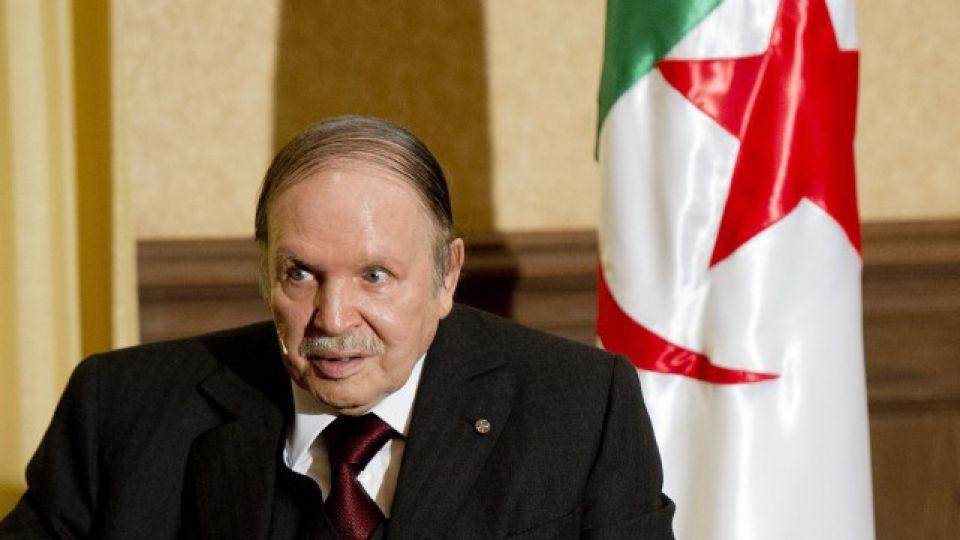Hospitality Net
LONDON — Hotels in the Middle East reported mixed Q3 2016 results, while hotels in Africa showed positive results when reported in U.S. dollar constant currency, according to data from STR.
Compared with Q3 2015, the Middle East reported a 1.6% increase in occupancy to 63.3%. However, average daily rate (ADR) for the quarter was down 9.2% to US$160.40, and revenue per available room (RevPAR) dropped 7.7% to US$101.51.
Africa experienced nearly flat occupancy (+0.2% to 58.6%). Average daily rate was up 9.0% to US$101.66, and RevPAR grew 9.2% to US$59.59.
Performance of featured countries for Q3 2016 (local currency, year-over-year comparisons):
Bahrain saw a 5.1% increase in occupancy to 54.0%. However, ADR dropped 7.4% to BHD76.30, and RevPAR fell 2.7% to BHD41.22. The absolute occupancy level was the best for a Q3 in the country since 2010, but the ADR decline was the steepest for Q3 since 2004. According to the Bahrain Tourism and Exhibition Authority, the country has experienced a 10% increase in tourist arrivals over the past two years and is targeting greater increases by 2018. Through nine months in 2016, hotel demand increased 5.3% in Bahrain.
Egypt experienced a 4.8% decrease in occupancy to 56.5%, but a 22.4% lift in ADR to EGP762.85 pushed RevPAR up 16.6% to EGP430.72. The absolute occupancy level was an improvement from the first two quarters of the year, and the ADR level was the highest for any quarter on record in the country due to high inflation.
Morocco posted increases in occupancy (+9.1% to 64.0%) and RevPAR (+5.2% to MAD663.92). ADR in the country fell 3.6% to MAD1,036.96. The absolute occupancy level was the highest for Morocco since Q2 2014. Year to date, Morocco’s supply is up 2.0%, which is a factor in consistent ADR decreases in the country.
Performance of featured markets for Q3 2016 (local currency, year-over-year comparisons):
Abu Dhabi, United Arab Emirates, reported decreases across the three key performance metrics. Occupancy fell 3.3% to 65.8%; ADR was down 6.7% to AED372.46; and RevPAR dropped 9.7% to AED245.08. STR analysts point to a 3.6% year-to-date increase in supply and the economic impact from the oil crisis as reasons behind the performance declines. The absolute ADR level was the lowest for any quarter on record in the market.
Lagos, Nigeria, saw a 7.9% rise in occupancy to 44.4% as well as double-digit growth in ADR (+12.6% to NGN47,000.48) and RevPAR (+21.5% to NGN20,865.08). STR analysts cite a low comparison base and a lift in leisure business as a reason behind the occupancy increase. Through the first nine months of 2016, Lagos has seen a 2.9% occupancy increase on weekends, while weekday occupancy has grown 0.7%. At the same time, ADR is up with inflation in the country.
Nairobi, Kenya, posted increases across the three key performance metrics: occupancy (+2.3% to 59.3%), ADR (+2.9% to KES14,958.28) and RevPAR (+5.3% to KES8,875.69). Both supply (+14.1%) and demand (+16.7%) grew by double figures for the quarter, and Q3 2016 was the only quarter this year where Nairobi saw year-over-year increases in both occupancy and ADR.
Middle East and Africa performance for September 2016 (U.S. dollar constant currency, year-over-year comparisons):
The Middle East saw negative results when compared with September 2015, whereas results for Africa were mixed.
The Middle East reported a 1.7% decrease in occupancy to 66.8%. ADR for the month was down 5.9% to US$177.83. RevPAR dropped 7.5% to US$118.75.
Africa experienced a 2.0% decrease in occupancy to 59.2%, but ADR was up 7.6% to US$99.83, and RevPAR grew 5.4% to US$59.06.




